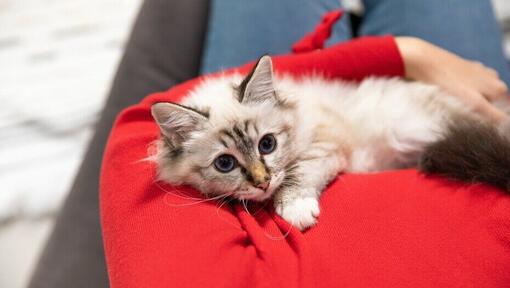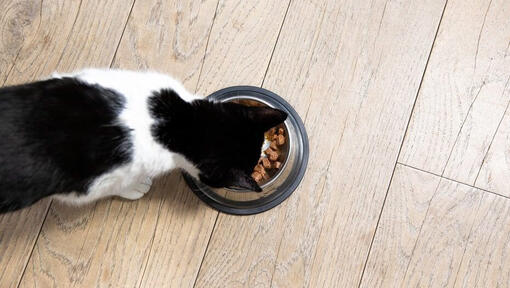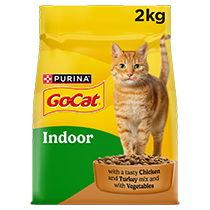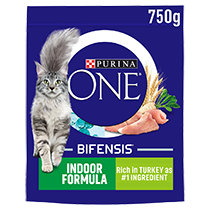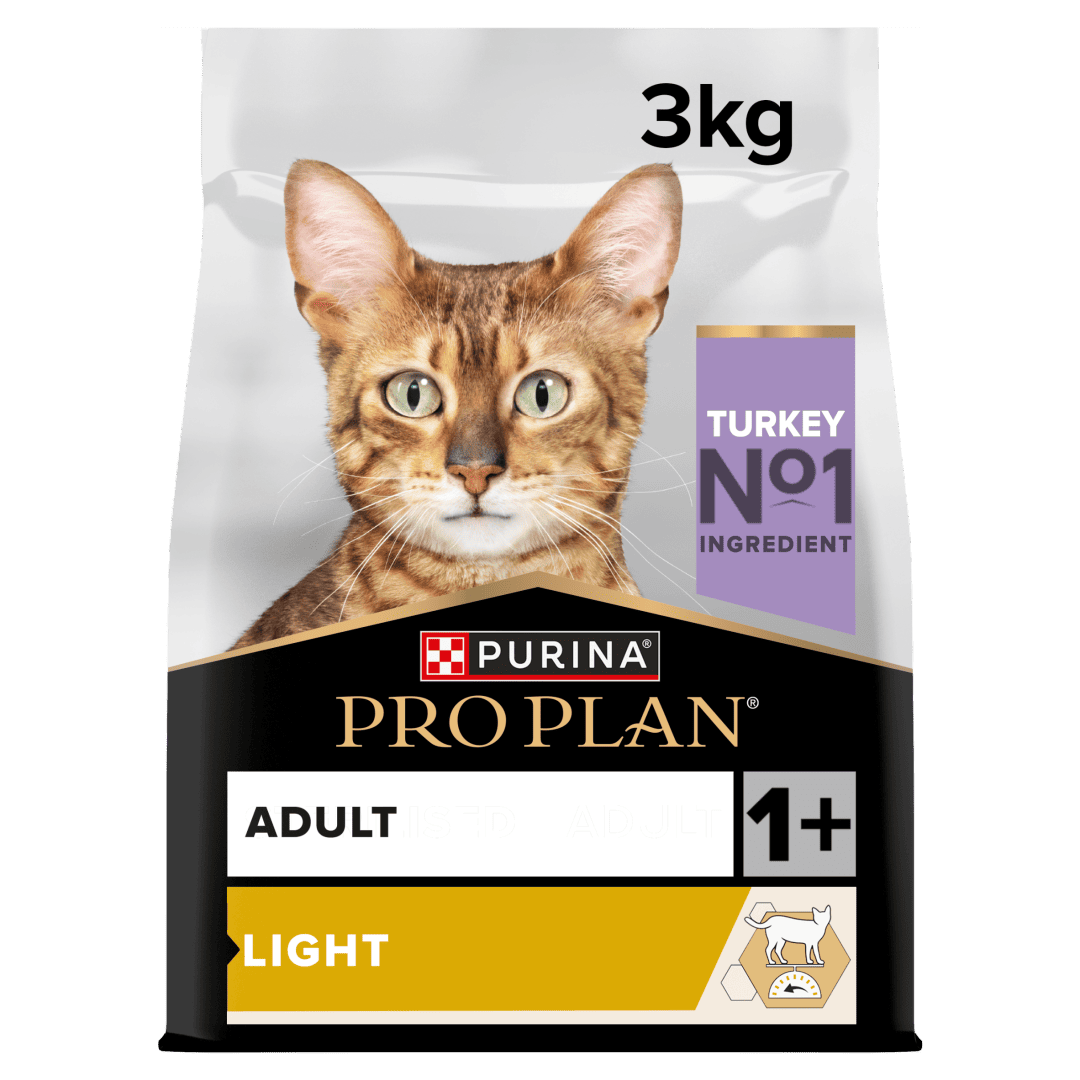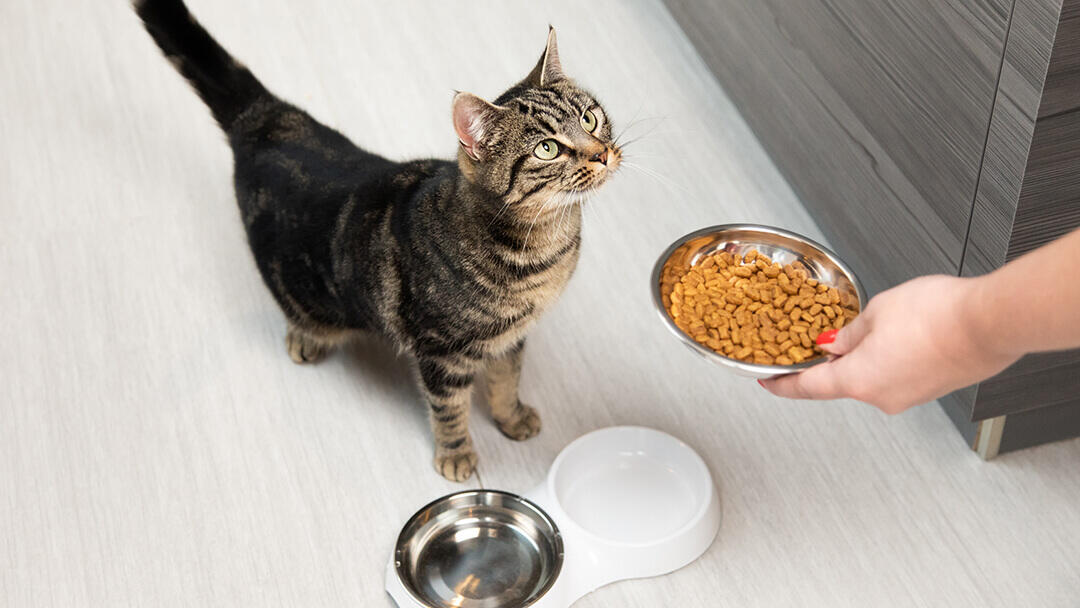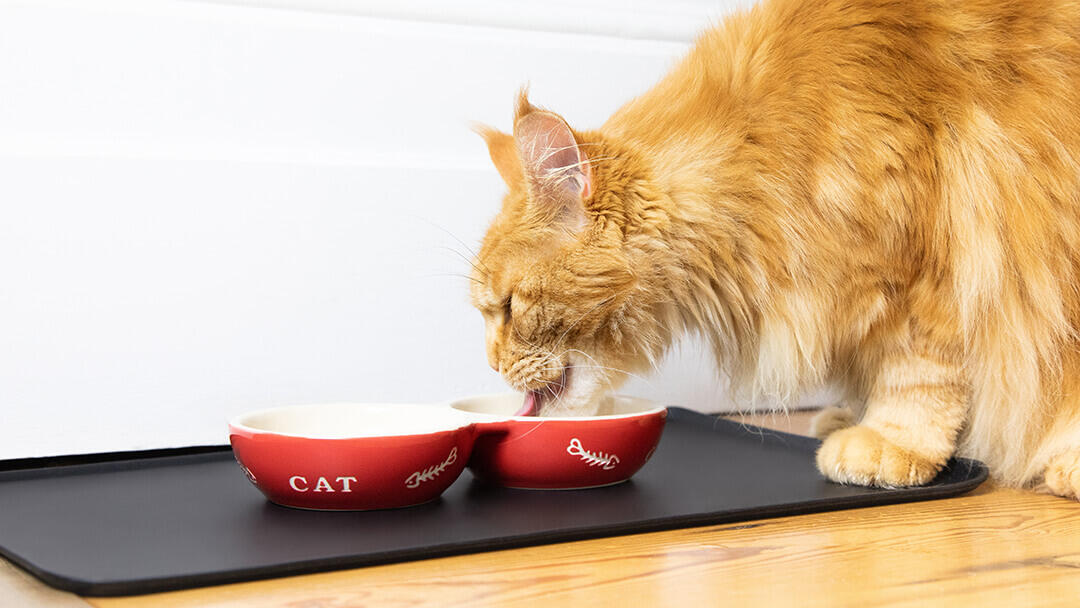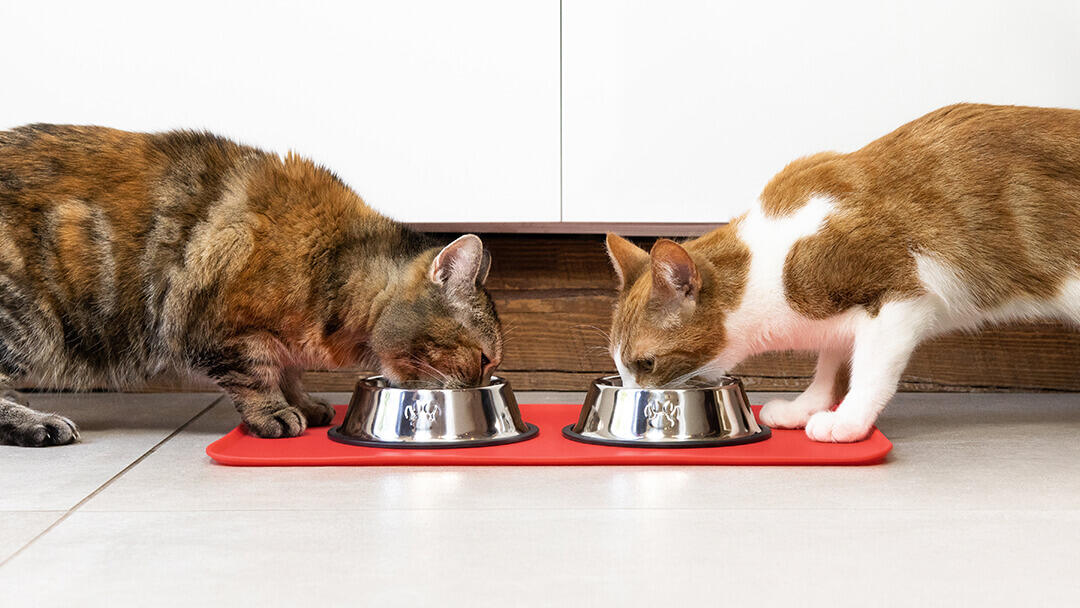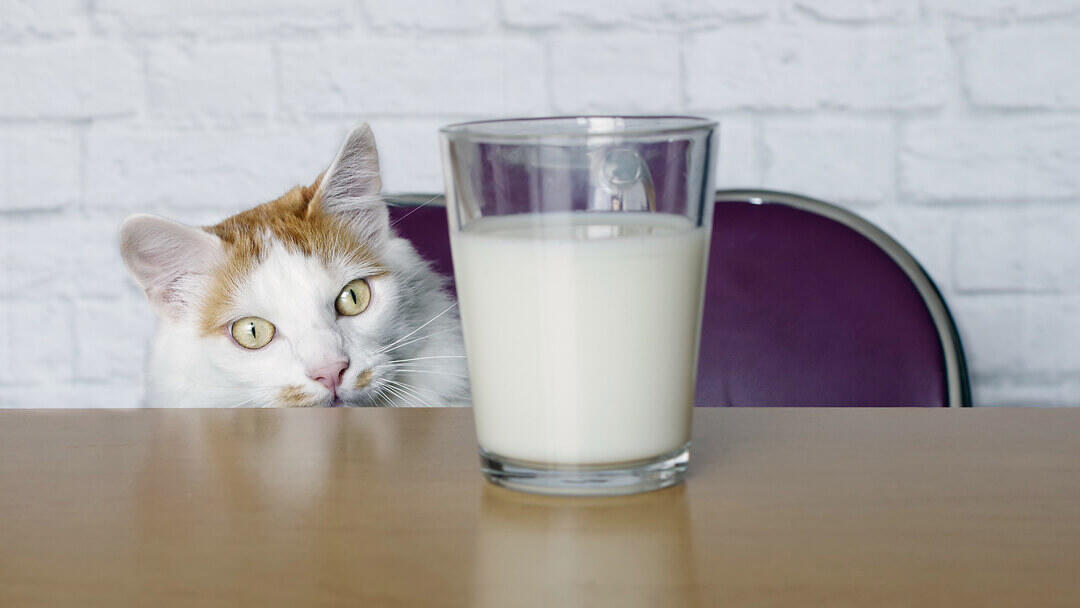Healthy Weight, Happy Cat: Feeding & Exercise Tips for Indoor Felines
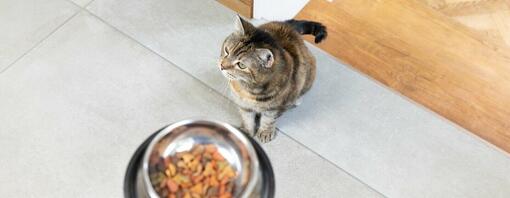
As indoor cats don’t have the same opportunities to exercise as their outdoor counterparts, it can be more of a challenge to keep them trim.
Even though your cat is living in a cosy, happy environment, being inside still limits the space they have to stretch their paws and keep mobile. This less active lifestyle can mean that some indoor cats can struggle to maintain their natural slender shape, and are more at risk of developing health problems such as obesity or diabetes. The lack of environmental enrichment can also lead to a bored, depressed – and so lazy – feline.
Creating a feeding and enrichment routine, and keeping your indoor cat moving, are the two key factors in keeping your feline friend as healthy and happy as possible.
Follow our tips on steps you can take to keep your cat in tip top shape.
How to feed your indoor cat
As cats are natural grazers, they are happy to nibble on dry food left out for them during the day (wet food will go stale too quickly to be left out). This is how many people choose to feed their cat but it can be easy to lose track of what they have eaten.
To avoid overfeeding them, weigh out your cat’s daily food requirement at the start of the day according to the serving guide on the food packaging. Meals can then be taken from this daily allocation, so you know exactly how much they are eating (or overeating!).
Cats can also adapt to being fed several small, measured meals a day, if it suits your routine better. If you prefer to do this, then feed your cat little and often throughout the day to keep their energy levels up, but avoid weight gain.
Measuring portions is even more important if your cat has already put on a few pounds and is on a diet. Remember that before you make any changes in your cat’s feeding routine, consult your vet – using our body conditioning tool will confirm if your cat is overweight, and your vet can give you advice on how to carefully adjust your pets feeding routine. Diets for cats have to be slow and steady – crash diets can be very hazardous for their health.
"Measuring portions is even more important if your cat has already put on a few pounds and is on a diet."
There are foods specifically developed for indoor cats, to ensure that your pet is getting everything that they need from their food. These special diets have the following benefits that make them best suited to your indoor cat:
High in protein and lower in calories to help your pet stay lean.
A careful balance of essential minerals that help to reduce the risk of health issues, such as urinary problems.
Packed with nutrients that are essential to maintain a healthy skin and coat.
High levels of indigestible fibre to help prevent fur balls, by gently easing any hair eaten during grooming down through their digestive system.
Special fermentable fibre that works with the bacteria in your pet’s tummy to reduce any nasty toilet smells.
Highly digestible ingredients help to form smaller, more solid number twos which are easier for your pet to pass, and for you to clean up.
It’s also still just as important to make sure that your indoor cat has plenty of access to fresh, clean water.
Once you’ve got an effective feeding routine sorted for your furry friend, it’s time to look at exercise and how you can use their food for enrichment and ‘boredom busting opportunities’. Still unsure? Decide whether you want to feed your cat wet or dry cat food with our handy guide.
Exercise for indoor cats
Exercise for indoor cats is important - you can help to gently encourage them to get active by making sure they have fun whilst they get moving. There are a few things you can do to make a work-out enjoyable for your pet – and you can get involved, too!
First of all, consider if there is any outdoor space at all that you can allocate to your cat. A secure ‘catio’ (a fully fenced area make of timber and chicken wire, ideally attached to the house with a cat flap and including with a roof) complete with different heights, tunnels, even an old tree branch to climb – and a chance to sit in the sun and watch the world go by in the garden, will keep them safe and give them fresh air and increased enrichment. Some of their food can be placed around the catio to keep them moving around.
If not, your cat’s daily enrichment needs to come from you.
- Dedicated time to play every day – rolling a ball or dangling a “fishing” toy will keep your cat moving and also make you a part of their fitness regime.
- Climbing and scratching trees/towers give your cat new heights to conquer, and satisfy their curiosity to explore.
- Put some of their allocated food portions into a feeding ball, so that your pet needs to spend time playing with the toy to release the tasty treat inside.
- Look at other food dispensing enrichment toys and find ones that your cat enjoys playing with. These can even be homemade – such as kibble put inside an old kitchen roll tube with the ends lightly folded down or inside a cardboard box. This will give them an outlet for their natural instincts to rip and tear.
- As long as your cat is healthy and agile, place some of their food at the top of the stairs or in various bits of their climbing tree – you’ll be surprised at how willing your cat will be to climb if it means a tasty morsel in return!
With a little guidance from you, your indoor cat can be just as happy, healthy and entertained as one used to the outdoors.






